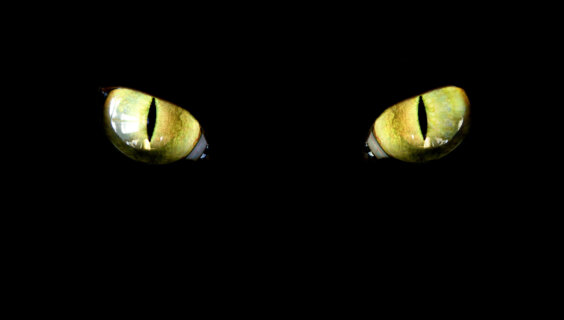Community, Leadership, Experimentation, Diversity, & Education
Pittsburgh Arts, Regional Theatre, New Work, Producing, Copyright, Labor Unions,
New Products, Coping Skills, J-O-Bs...
Theatre industry news, University & School of Drama Announcements, plus occasional course support for
Carnegie Mellon School of Drama Faculty, Staff, Students, and Alumni.
CMU School of Drama
Subscribe to:
Post Comments (Atom)

4 comments:
This is a really interesting article. I have always thought about how animals would become a part in theatrical productions and if they need to be trained. This article definitely gave me a new perspective in how animals can take place on stage and the amount of work that it requires to do so. In addition, I’m also surprised that the prop department is the one department that is taking care of such matter since I always thought it would be a subject for the directors or stage managers. My first experience with trying to being animals on stage is Annie where we needed a small dog for one scene. We tried various ways including bring in a well trained pet dog and bring in smaller dogs. However, we ended up just using a toy dog because the amount of preparation that we had to do. Bring animal on stage is so fascinating and a huge amount of work.
I know Tod Kulik in Props told our local that he doesn’t think of animals as props or as actors, but as something along the lines of “live talents,” which I agree with. I’ve never formed a whole opinion on using live animals in theatre mainly because I’ve never witnessed it first hand, but I think in general my opinion is that it should only be done if it 1) severely necessary to tell the story and 2) the animal is undoubtedly happy doing it. I think in the case of Mouschi the fact it scraped up the Peter actor and was dazed by the lights and audience is very sad and they should’ve just retired the cat from it’s role instead of forcing it to be ok performing. It makes me sad because animals used for profits or talent positions have no real way of giving consent to being used like that, and especially if it’s overwhelmed by the theatrical world and forced to cope is even worse. I’m happy to have heard at the end of the article that the cat was happily retired with the actor’s parents.
I am delighted to hear that there has been a cat that has been a part of curtain call on a Broadway theatre. I understand my being partial to cats means the opportunity to be a stage manager who also has to wrangle the cat would be a dream job. It seems cruel to the cat and the actor that they were paired together when they really didn’t get along. However, the article fails to mention what Mouschi was doing when not performing. Did he live in the theater? Who was responsible for cleaning up after him? Was someone taking him home every night? Who was feeding him and who was paying for his food? I know on movie productions with animals there has to be an animal handler on set at all times, but I do not know what the protocol was for Legally Blonde. I am positive the chihuahua had plenty of training, but was Mouschi ever given proper training?
I think this article is really interesting, because something that we touch on during our stagecraft props mini is how animals are considered a prop so the fact that the cat in the diary of Anne Frank‘s did a excellent job of playing its role, and became a very well trained animal Makes we continue to challenge the thought of animals as props Todd Cooley likes to say that animals should be considered part of the talents they’re not quite actors, but they are talents and they should be treated as such. I’d say this is similar to how animals are handled in film and TV, where I see it’s a lot more common to have animals present, where it ends up becoming its own section of the industry.L I think it would be beneficial of the theater industry to start to divide animals from the props jobs, and hire people who specialize in animal talents to provide and care for these animals.
Post a Comment